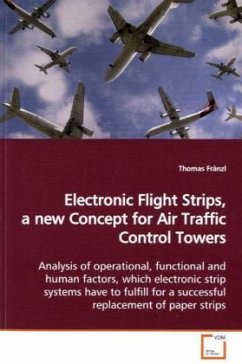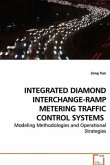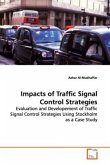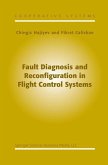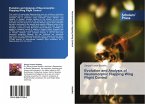In the next generation air traffic system human
centered automation will provide the tools to
increase controller efficiency, safety and capacity
while decreasing operational cost.
This book focuses on one of the last non-digitized
tool in air traffic control operations, the Paper
Flight Progress Strips and its electronic
replacements, the Electronic Flight Strip systems.
Paper flights strips, in addition to radar displays,
visual observation, and radio communication, are the
primary tools tower air traffic controllers use to
monitor and control aircraft. The ATC community shows
growing interest in using electronic alternatives to
paper strips.
However, most research so far was centered on the
en-route, radar-based control environment and
largely ignored the unique operational needs of the
Airport Air Traffic Control Tower or the role that
flight strips may play with the advent of automation
tools.
The author analyses the basic operational, functional
and human factors issues, which electronic flight
strip systems have to fulfill for a successful
replacement of paper strips and transition to
electronic, automated tools with special focus on
the requirements of ATC Towers.
centered automation will provide the tools to
increase controller efficiency, safety and capacity
while decreasing operational cost.
This book focuses on one of the last non-digitized
tool in air traffic control operations, the Paper
Flight Progress Strips and its electronic
replacements, the Electronic Flight Strip systems.
Paper flights strips, in addition to radar displays,
visual observation, and radio communication, are the
primary tools tower air traffic controllers use to
monitor and control aircraft. The ATC community shows
growing interest in using electronic alternatives to
paper strips.
However, most research so far was centered on the
en-route, radar-based control environment and
largely ignored the unique operational needs of the
Airport Air Traffic Control Tower or the role that
flight strips may play with the advent of automation
tools.
The author analyses the basic operational, functional
and human factors issues, which electronic flight
strip systems have to fulfill for a successful
replacement of paper strips and transition to
electronic, automated tools with special focus on
the requirements of ATC Towers.

